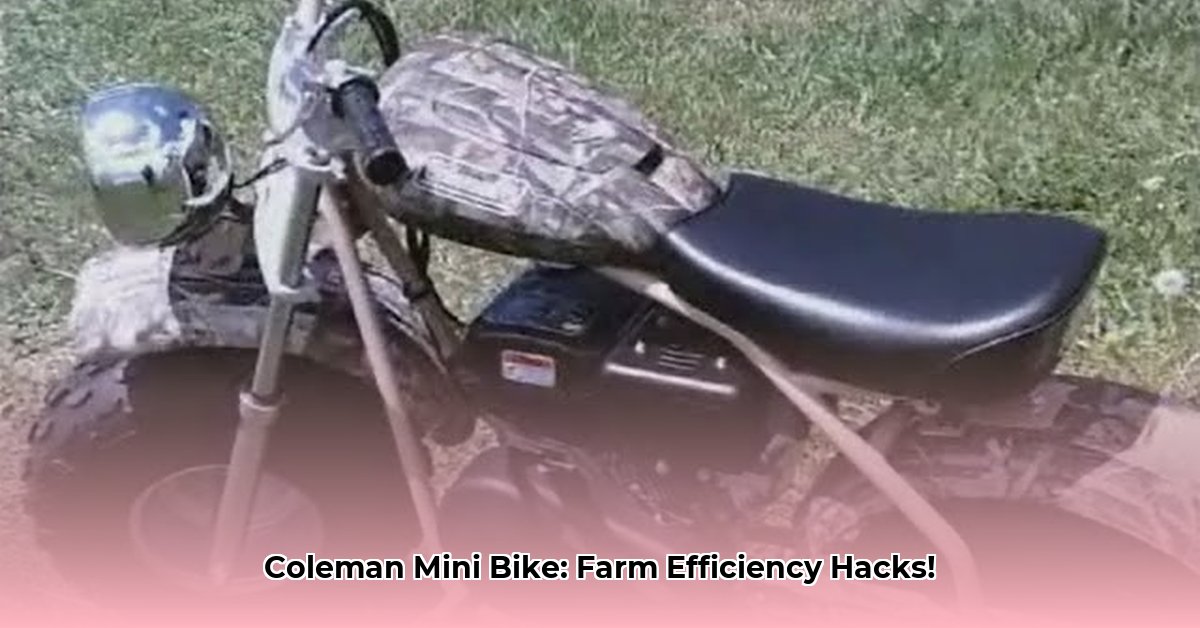
Drones in Sustainable Agriculture: A Comprehensive Guide
Drones are rapidly transforming sustainable agriculture, offering farmers powerful tools for optimizing yields, conserving resources, and minimizing environmental impact. This guide explores the multifaceted role of drone technology in modern farming, addressing its benefits, challenges, and practical implementation. For more on agricultural technology, check out this resource on agricultural distribution.
The Expanding Applications of Drones in Sustainable Farming
Drones are no longer just for hobbyists; they are becoming essential tools for precision agriculture. Their applications span a wide range of tasks, including:
- Precision Monitoring: Drones equipped with high-resolution cameras and multispectral sensors allow farmers to monitor crop health, detect diseases or nutrient deficiencies early, and assess field conditions with unprecedented accuracy. This allows for targeted interventions, reducing waste and improving yields.
- Targeted Spraying: Drones can precisely apply fertilizers, pesticides, and other crop treatments, minimizing chemical usage and environmental impact. This targeted approach is significantly more efficient than traditional methods.
- Irrigation Optimization: By analyzing soil moisture levels and plant water stress, drones help optimize irrigation schedules, conserving water and enhancing water use efficiency.
- Yield Prediction: Drones provide real-time data on crop growth and development, enabling more accurate yield predictions and facilitating better harvest planning. This reduces uncertainty and enhances overall farm management.
Quantifiable Fact: A study published in Frontiers in Sustainable Food Systems showed that drone-based precision agriculture techniques can improve crop yields by up to 20%.1
Overcoming the Challenges of Drone Integration
Despite their advantages, widespread drone adoption faces several obstacles:
- Regulatory Hurdles: Navigating drone regulations and obtaining necessary permits can be complex and vary across different regions. Farmers need to stay updated on the latest regulations to ensure legal compliance.
- High Initial Investment: The initial cost of purchasing drones, sensors, and data analysis software can be a significant barrier for smaller farms. Finding affordable solutions and exploring financing options are essential.
- Data Management & Analysis: Effectively managing and interpreting the large volumes of data generated by drones requires specialized software and expertise. Farmers need to invest in data analysis tools and potentially seek professional support.
- Technical Expertise: Operating and maintaining drones requires a certain level of technical skill. Training programs and support services can help farmers acquire the necessary knowledge and expertise.
Data-Backed Rhetorical Question: Considering the potential benefits of increased efficiency and yield, isn't investing in the training and technology required for drone implementation a worthwhile endeavor for farmers looking to improve their sustainability efforts?
A Step-by-Step Guide to Implementing Drone Technology
Integrating drones into your farming operation requires careful planning and execution. Follow these steps for a successful deployment:
- Assess Your Needs: Clearly define your specific needs and objectives for drone implementation. Focus on areas where drones offer the greatest potential for improvement (e.g., irrigation optimization, disease detection).
- Choose the Right Drone: Select a drone model and sensor payload that are suited to your farm's size, crop types, and specific needs. Consider factors such as flight time, payload capacity, and sensor capabilities.
- Develop a Flight Plan: Create safe and efficient flight plans that comply with all relevant regulations. This involves studying the area of operation, identifying potential hazards, and creating a route that minimizes risks.
- Data Acquisition & Processing: Collect high-quality data and use appropriate software for processing and analyzing the images and data obtained from your drone flights.
- Implement Corrective Actions: Based on the data analysis, implement the necessary corrective actions, such as targeted fertilizer application, pest control treatments, or irrigation adjustments.
Expert Quote: "Drone technology offers a paradigm shift in how we approach sustainable agriculture," says Dr. Anya Sharma, Agricultural Technology Expert at the University of California, Davis. "By providing real-time insights into crop health and environmental conditions, drones empower farmers to make more informed decisions, leading to improved efficiency and significantly reduced environmental impact. However, successful integration demands careful planning and investment in appropriate training and technology."
The Future of Drones in Sustainable Agriculture
The use of drones in sustainable agriculture is still evolving, with ongoing research and development efforts focused on improving drone capabilities, data analysis techniques, and integration with other precision agriculture technologies. As technology advances and costs decrease, drones are poised to play an increasingly critical role in transforming how we produce food, ensuring a more sustainable and resilient agricultural system.